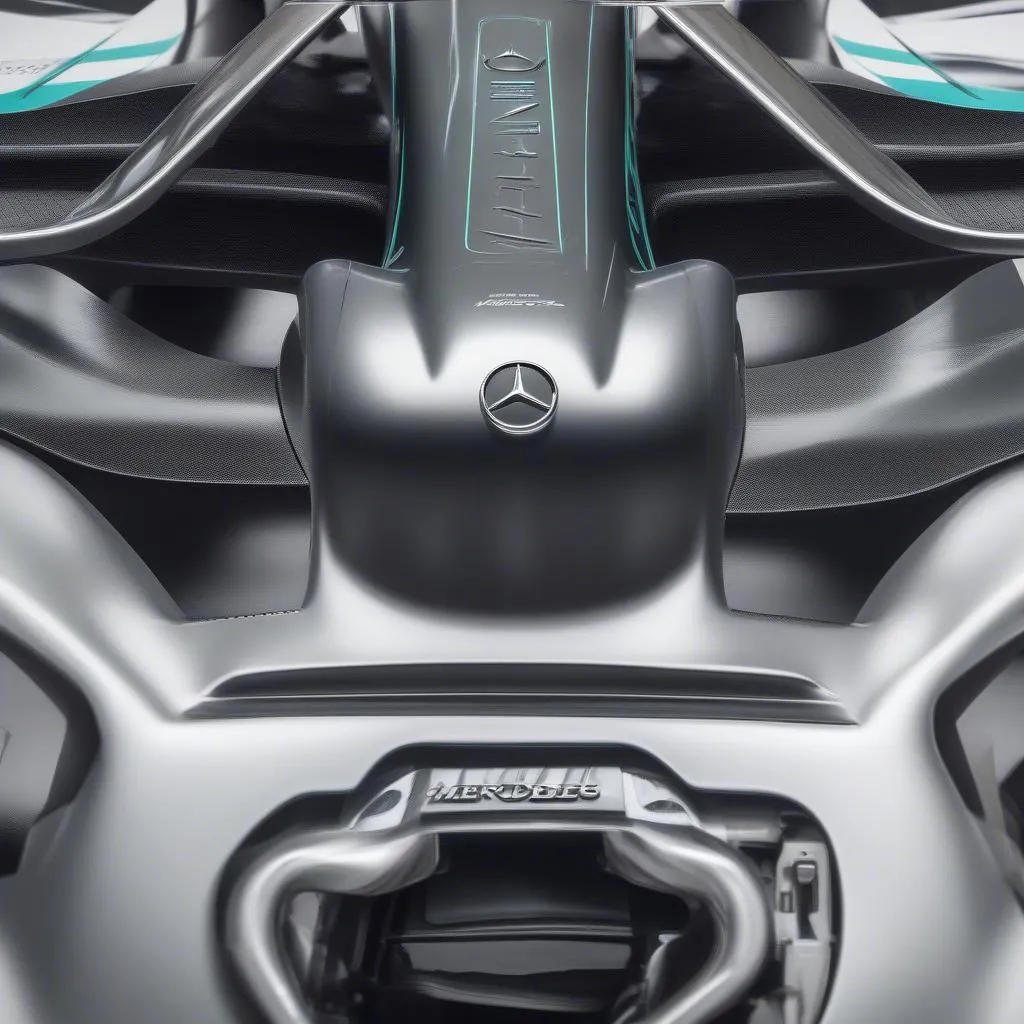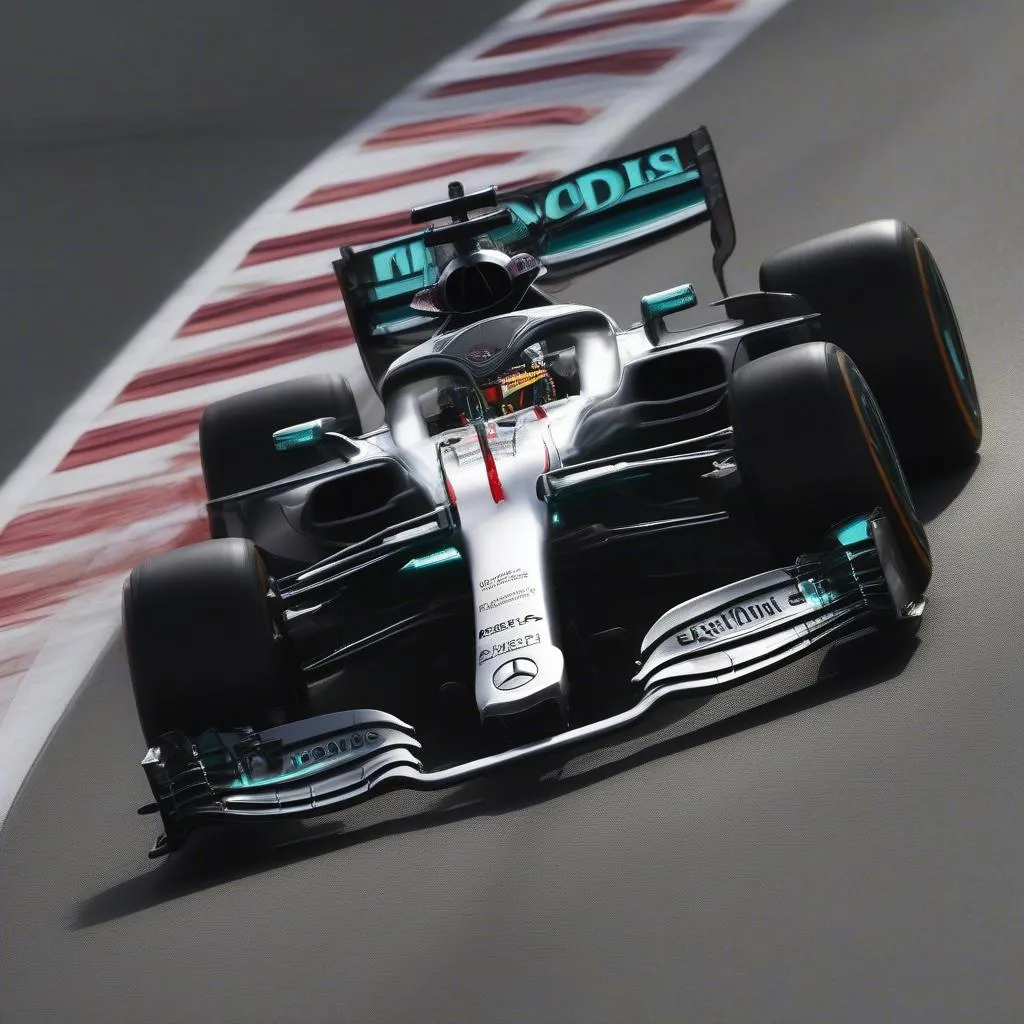The 2022 Formula 1 season saw the Mercedes AMG Petronas team, a dominant force in the sport for nearly a decade, struggle with a significant performance issue known as porpoising. This aerodynamic phenomenon, caused by the new ground-effect regulations, resulted in a violent bouncing motion at high speeds, hampering the car’s handling and driver performance. This naturally led many fans and pundits to constantly ask, “Has Mercedes fixed their F1 car?”.
Understanding the Porpoising Problem
Porpoising occurs when the airflow under the car becomes disrupted, causing the ride height to rapidly oscillate. This is a result of the ground-effect aerodynamics, where the car generates downforce by channeling air under the floor. When the airflow becomes unstable, the car loses downforce, causing it to rise, then stall, and then be sucked back down, creating a bouncing effect.
Identifying the Issue on the W13
For Mercedes, the issue was particularly pronounced on their W13 car. The team struggled to find the right setup and design solutions to mitigate the problem throughout the season. Drivers Lewis Hamilton and George Russell often reported severe bouncing, especially on high-speed circuits, which affected their ability to push the car to its limits.
Finding the Fix: Mercedes’ Development Path
Mercedes embarked on an extensive development program to address the porpoising issue. They introduced various upgrades throughout the season, including:
- Floor Modifications: Changes to the floor design and edges to improve airflow and reduce instability.
- Suspension Adjustments: Stiffer suspension setups to minimize the car’s tendency to bounce.
- Ride Height Tweaks: Experimenting with different ride height settings to find the optimal balance between performance and stability.
Has the Issue Been Fully Resolved?
While Mercedes made significant progress in combating porpoising, it’s debatable whether they completely eliminated the problem. The W13 remained a tricky car to handle at times, and porpoising still occurred under certain conditions. However, the team’s continuous development efforts resulted in a noticeable reduction in bouncing, allowing them to close the gap to the front-runners.
 Mercedes F1 W13 floor
Mercedes F1 W13 floor
Questions about Mercedes F1 Performance
The porpoising issue raised many questions among fans and experts:
- Can Mercedes catch Red Bull Racing?: With the regulations remaining largely stable for the following season, Mercedes will be aiming to close the gap to Red Bull Racing, who emerged as the dominant force.
- What changes are expected in 2023? Further aerodynamic regulation tweaks are anticipated in 2023, which could impact how teams approach car design and potentially mitigate porpoising.
While it’s difficult to predict the future of Formula 1, Mercedes’ relentless pursuit of performance suggests they will be contenders for the championship in the seasons to come. Their ability to address the porpoising problem effectively will be crucial in their quest for victory.
 Lewis Hamilton driving Mercedes F1 car
Lewis Hamilton driving Mercedes F1 car
For automotive enthusiasts, particularly those interested in Mercedes vehicles, the technological advancements and challenges faced in Formula 1 often trickle down to road car development. At CARDIAGTECH, we provide cutting-edge diagnostic tools and resources to stay ahead of the curve in the ever-evolving automotive landscape.


